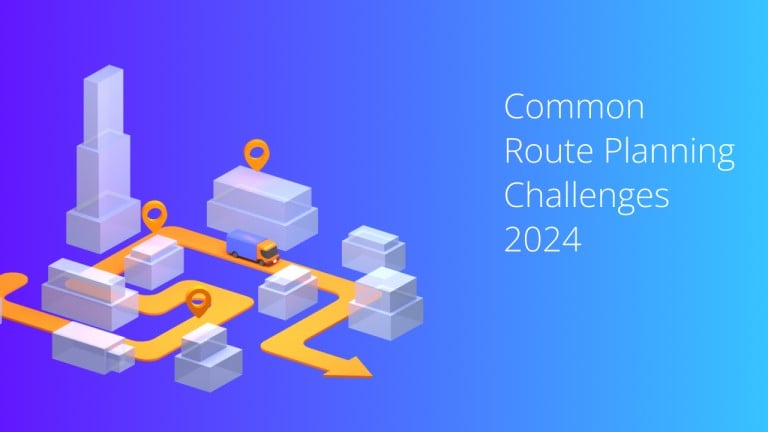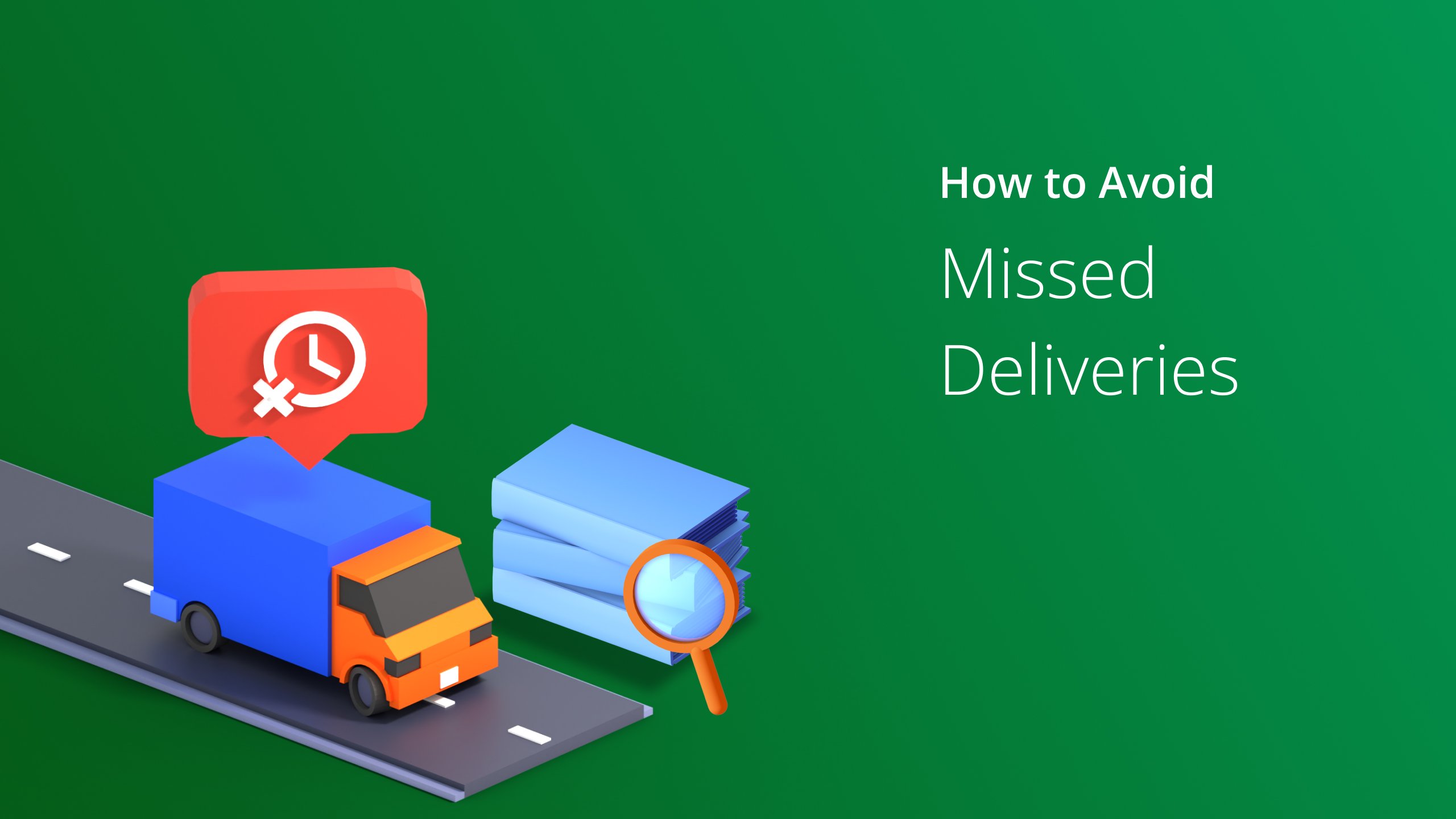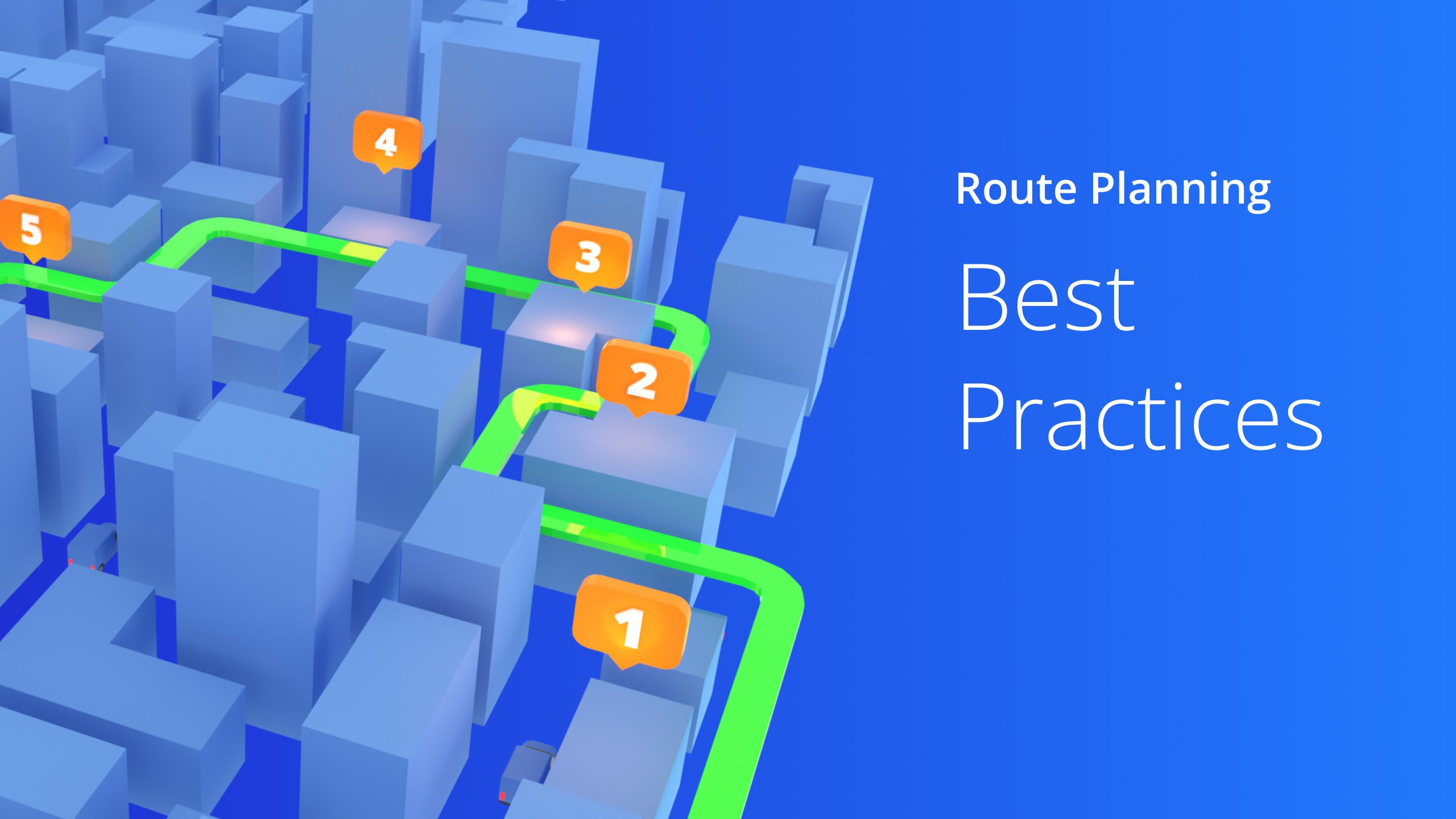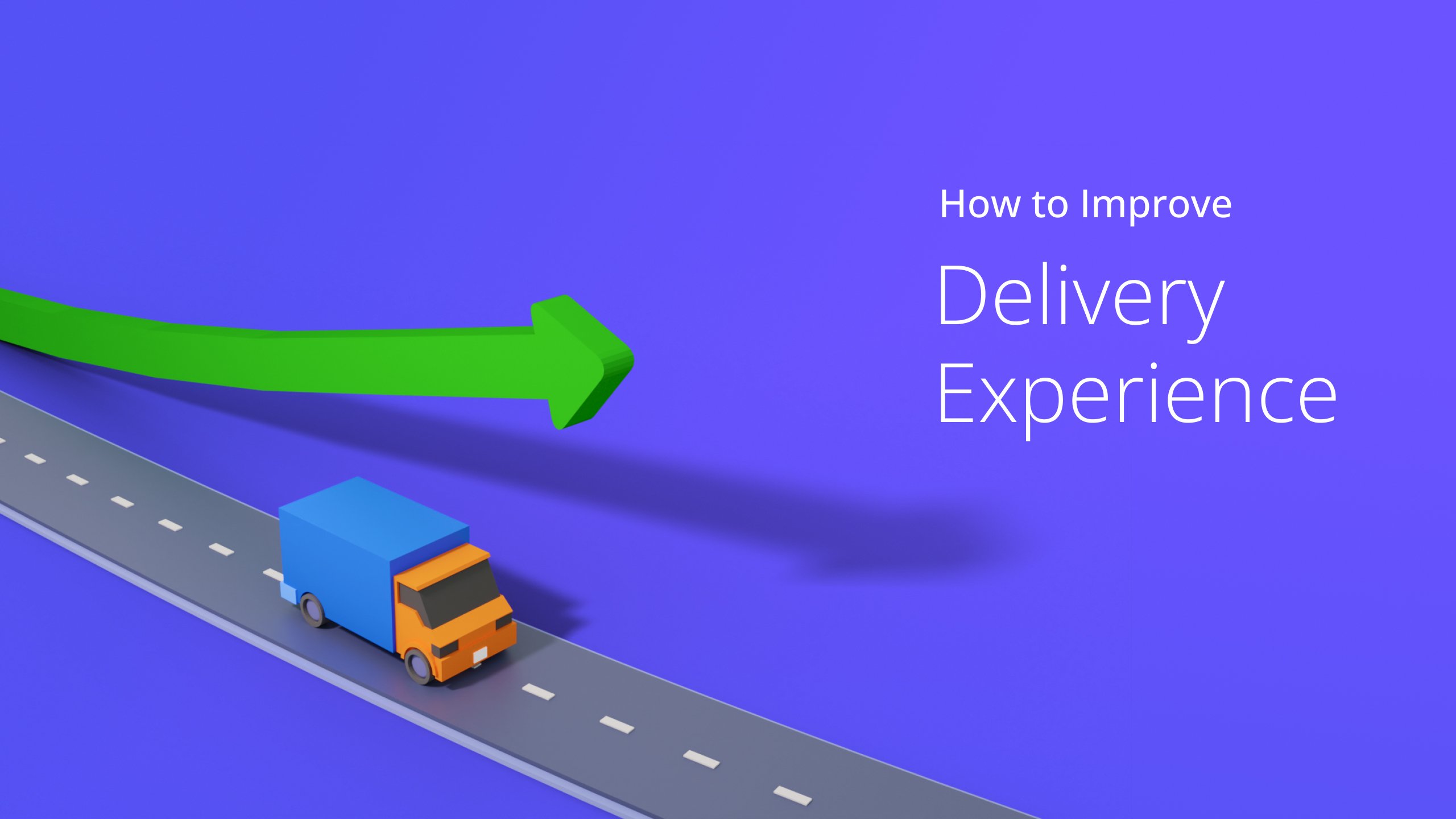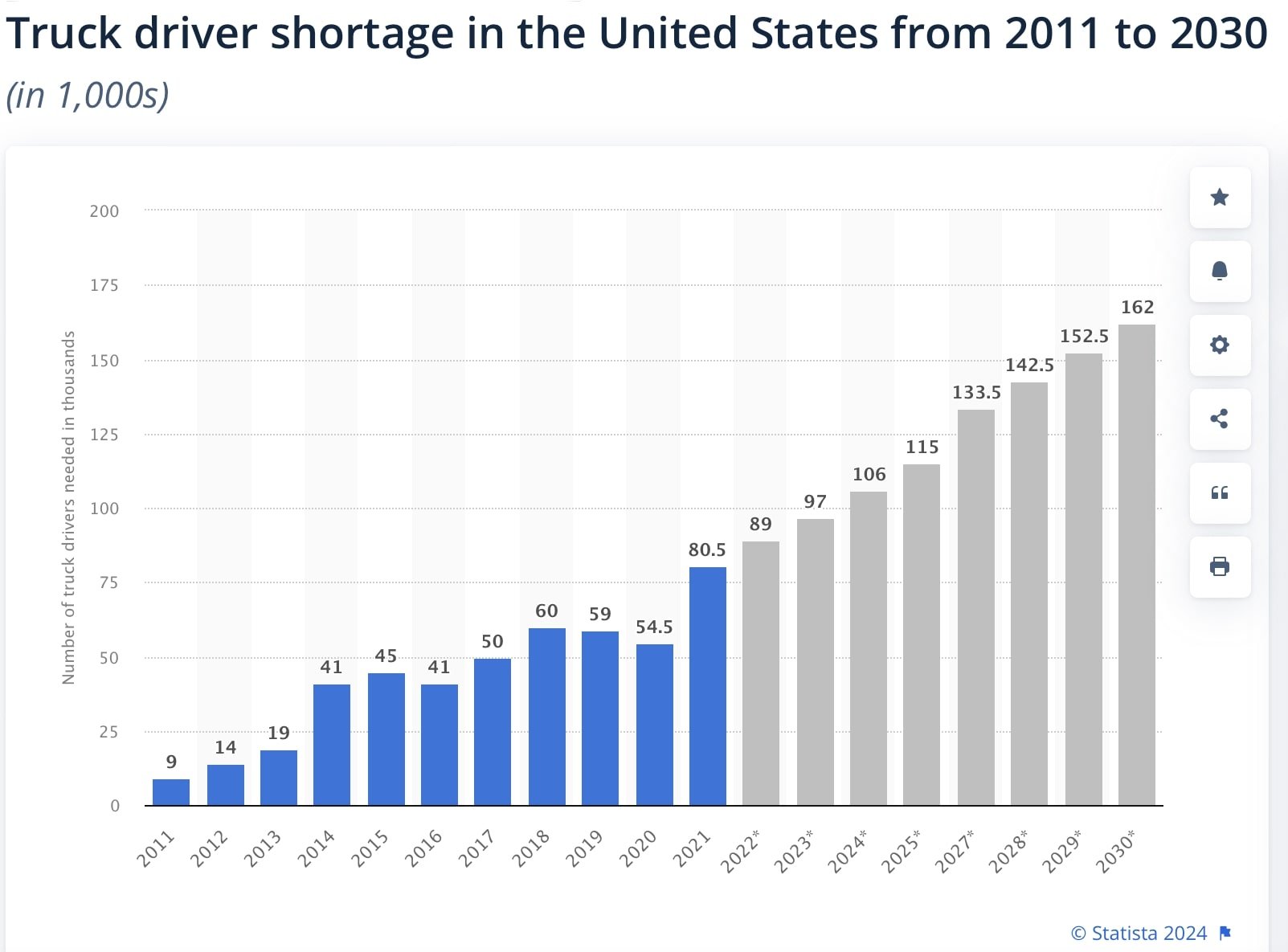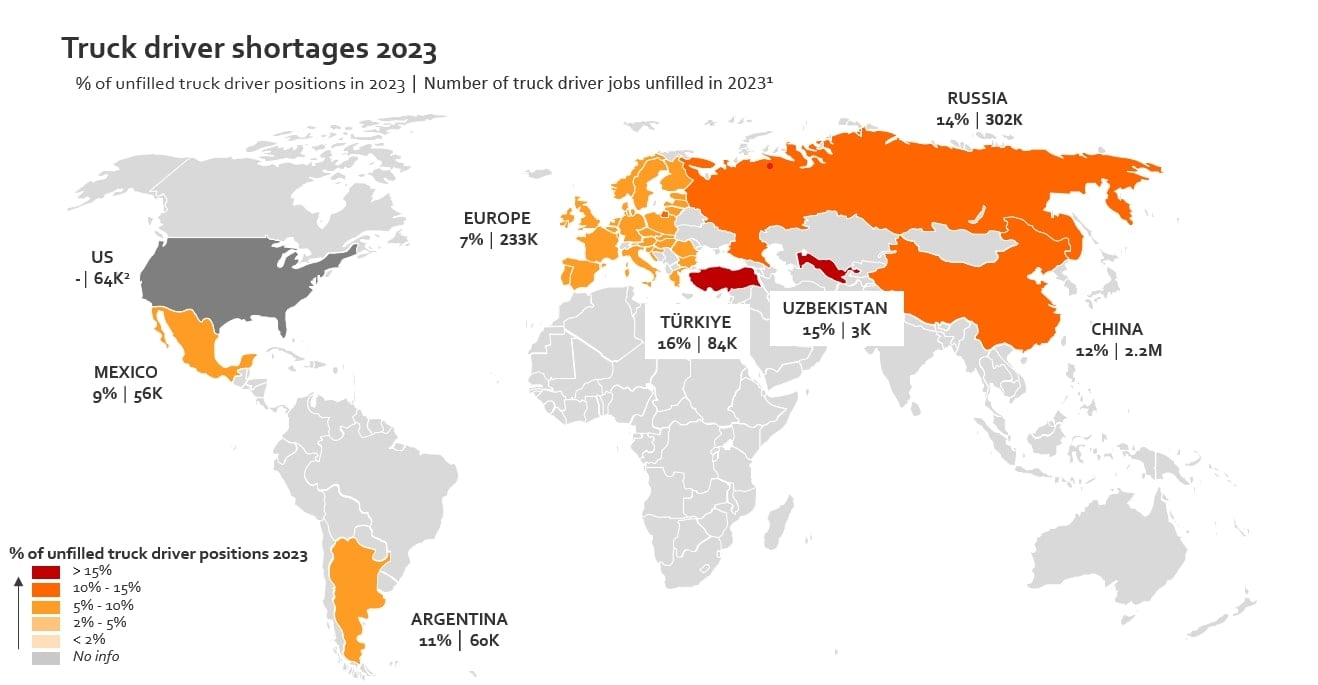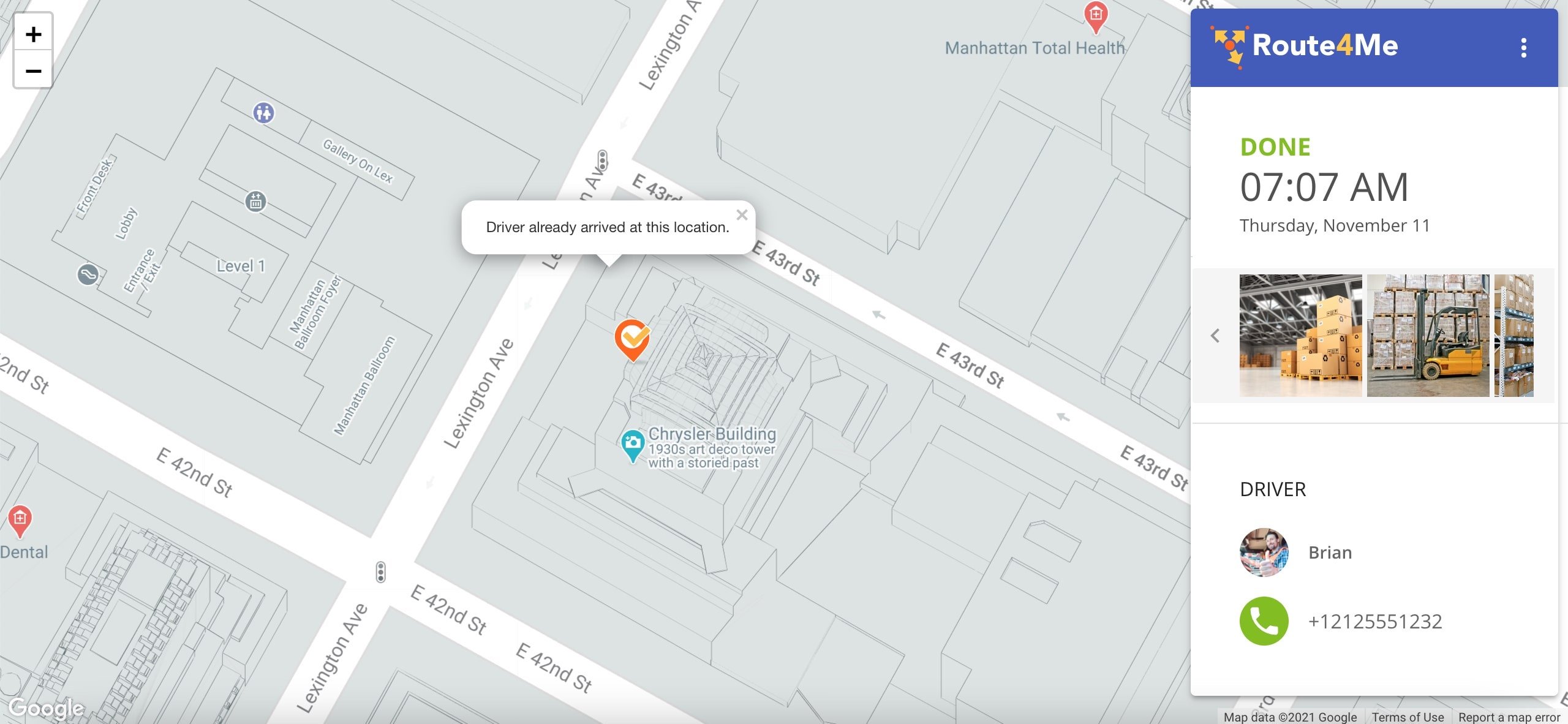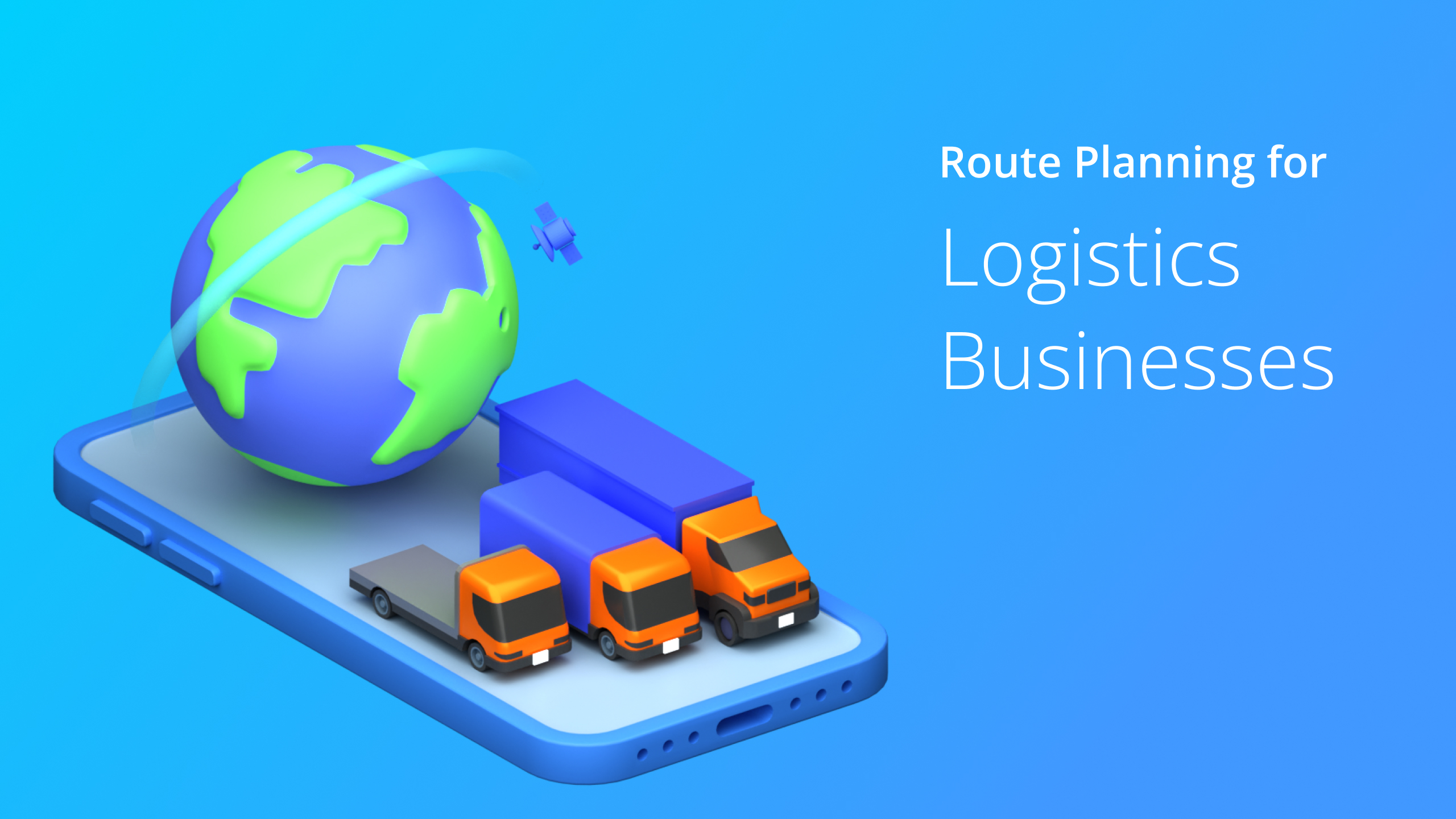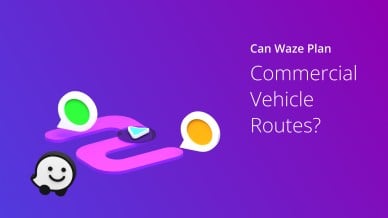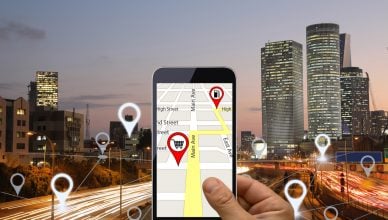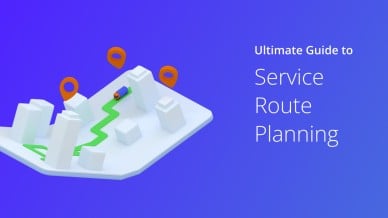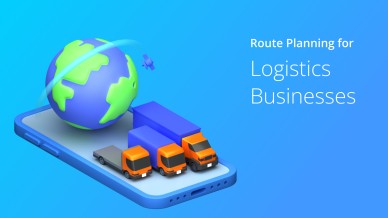Your drivers need a well-planned schedule to arrive at destinations on time. This shouldn’t be a problem if you need to plan routes for a couple of stops and for one or two drivers.
But, it could be a mammoth task if you need to plan multi-stop routes for multiple drivers. Primarily if you rely on pen and paper or spreadsheets for route planning.
There are so many nitty-gritty things you need to consider. And even after spending hours, you may still be unable to plan efficient routes.
Therefore, we will discuss how to solve the problem in this article. But before that, let’s learn the common route planning challenges you might encounter.
Table of Contents
5 Most Common Route Planning Challenges
1. Routing Complexities
Several routing complexities could jeopardize your field operations.
Time windows are one such example. Meeting tight delivery windows while navigating urban traffic, rural stretches, and diverse routes can be a logistical puzzle. You have to balance priorities to avoid delivery delays and live up to the customer’s expectations.
Another is multi-drop complexity. Planning routes for multiple locations with varied time windows and package sizes isn’t easy. Plus, different vehicle types have weight or size restrictions on certain roads.Balancing vehicle capacity with delivery volume across different routes is another challenge. On the one hand, if one of your vehicles is underutilized, that wastes resources. On the other hand, overloading can compromise driver safety.
You need to consider working hours, too, while planning routes. It helps you comply with HOS regulations to avoid hefty fines and ensure drivers are alert and productive.
Want To See For Yourself How Route4Me Can Help Plan Efficient Routes?

2. Lack of Data
Data plays a crucial role in ensuring your routes are accurate.
Consider the customer’s address. One missing or inaccurate address can lead to miscalculated routes and missed deliveries.
You must also have real-time information about your fleet location and delivery status to ensure everything goes as planned.
Moreover, you must stay on top of your fuel expenses, customer acquisition costs, and driver performance to make your field or delivery operation cost-effective, efficient, and profitable.
However, even if you collect a ton of data about your field operations, managing and analyzing them manually from different sources is complex. It may make your job more difficult to find efficient routes.
3. Unpredictable Situations
Unexpected disruptions can make all your planning go for a toss.
For example, sudden vehicle breakdown or mechanical failure. In such cases, you must find a replacement vehicle, secure the cargo, and reroute deliveries.
There could be accidents, road closures, or bad weather too. A sudden accident can turn a smooth highway into a parking lot, while a snowstorm can shut down the entire mountain passes. These disruptions can cause massive delays and missed deadlines.
Another unpredictable beast is traffic congestion. Rush hours, civil unrest, protests, sporting events, and construction zones can block roads and disrupt the delivery network.
Then there is the Domino Effect. One unpredictable situation can trigger a series of disruptions, which could impact the subsequent schedules and deliveries.
For example, a sudden road closure can force multiple vehicles onto alternate routes, which could cause further congestion.
4. Increasing Customer Demands
Rising customer demands add more complexity to the route planning process.
Faster delivery expectations, such as same-day or even same-hour delivery, require drivers to make more stops in less time. And meeting such tight deadlines can lead to rushed decisions and inefficient routes.
Increased online shopping also increases delivery stops, often spread across larger geographical areas. This makes route planning and scheduling more challenging.
More deliveries often require additional resources like vehicles, fuel, or drivers, which increases operational expenses, too.
However, you may not always have a budget for additional drivers or vehicles. So, you need to optimize existing resources, minimize empty miles, and maximize efficiency, which is easier said than done.
Another one is frequent returns and exchanges. This means drivers need to make additional stops and backtrack during deliveries.
Customers also expect real-time tracking and accurate ETAs. Some customers even demand personalized delivery experiences like specific time slots or temperature-controlled deliveries. This makes route planning more challenging as you need to consider individual preferences.
5. Driver Shortage
America is in desperate need of commercial drivers.
According to Statista, the U.S. has a shortage of over 80,000 commercial drivers. And by 2030, the number could be 162,000.
But the driver shortage problem isn’t just specific to the U.S.
According to a report by the International Road Transport Union (IRU), the global truck driver shortage is expected to double by 2028.
The problem is when you’ve fewer drivers, you’ll have less flexibility in assigning routes. The existing drivers need to cover more stops than usual, which would cause fatigue, less productivity, and an increased risk of accidents.
Drivers would also be unhappy, which means high turnover, further aggravating the shortage and creating a vicious cycle.
With fewer drivers, you may need to use larger vehicles for smaller deliveries, or vice versa, to use your resources to the fullest potential. This means inefficient vehicle usage and fuel waste.
Plus, you’ll have a limitation managing emergencies or last-minute changes, causing delivery delays and customer dissatisfaction.
How to Solve Route Planning Challenges
Multi-stop route optimization software is the best solution for route planning challenges.
The software computes vast datasets factoring in traffic patterns, delivery time windows, distance, vehicle capacity, roadblocks, and more to help you plan well-optimized multi-stop routes. This helps minimize travel time, empty miles, and fuel expenses.
The best part is you just need to spend a minute on optimizing routes. And you can plan unlimited routes and schedule for months in advance.
The fastest route optimization software like Route4Me can even help you modify routes to account for changing customer requirements or unexpected delays. Therefore, you can still ensure timely delivery even if unforeseen disruptions occur.
Multi-Stop Route Planner App
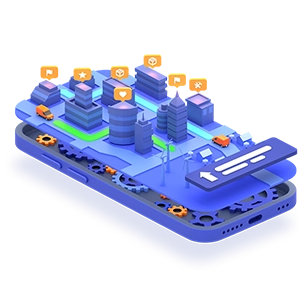
A route optimization solution helps you assign a balanced workload, matching vehicle capacity with package size and considering driver availability and schedules.
Route4Me’s logistics route planning software even offers comprehensive analytics to help you track driver performance, fuel costs, and more. Such valuable insights help you identify areas of improvement and refine routing strategies to optimize operations.
Route4Me also offers two handy features to ensure zero failed or missed deliveries or appointments.
It offers a customer alert and notification feature to help you notify customers whether their package is out for delivery, near the location, or has been delivered. Route4Me also has a customer portal feature that enables end users to monitor their inbound visits in real-time.
However, the benefits of service route planning software do not end here. Below is a quick rundown of the several features that can help solve route planning complexities and improve operations management.
- Recurring routing to plan and dispatch your regular routes daily, weekly, monthly, or yearly.
- SmartZone routing to split the list of customer addresses into small zones (virtual territories) of addresses.
- Mixed fleet routing is used to optimize routes for various vehicles.
- Commercial GPS tracker to track your vehicles in real-time. Learn the top ten benefits of GPS tracking.
- Speed alert to keep a check on aggressive driving.
- Cloud-based to help you plan, track, and manage routes anytime, anywhere.
- Color coding to help focus and use your resources in areas that are mostly needed.
- Add Notes to include notes and give routes additional context. You can even upload images and videos to add more details.
- Driver Breaks to insert operational breaks into pre-planned routes and avoid driver fatigue.
Frequently Asked Questions (FAQs) about Route Planning Challenges and Solutions
What is a route planner?
What is the purpose of route planning?
Final Thoughts about Route Planning Challenges
Route planning is a juggling act.
To plan efficient routes, you must consider dynamic customer demands, resource constraints, and unanticipated disruptions.
However, resolving route planning challenges is more than finding efficient routes.
It’s about building a system that adapts, evolves, and prioritizes efficiency and driver and customer satisfaction. And a trusted route optimizer can help here.
Sign up for Route4Me’s Get Started and see how it can make route planning a breeze.
Want To See For Yourself How Route4Me Can Help Plan Efficient Routes?

